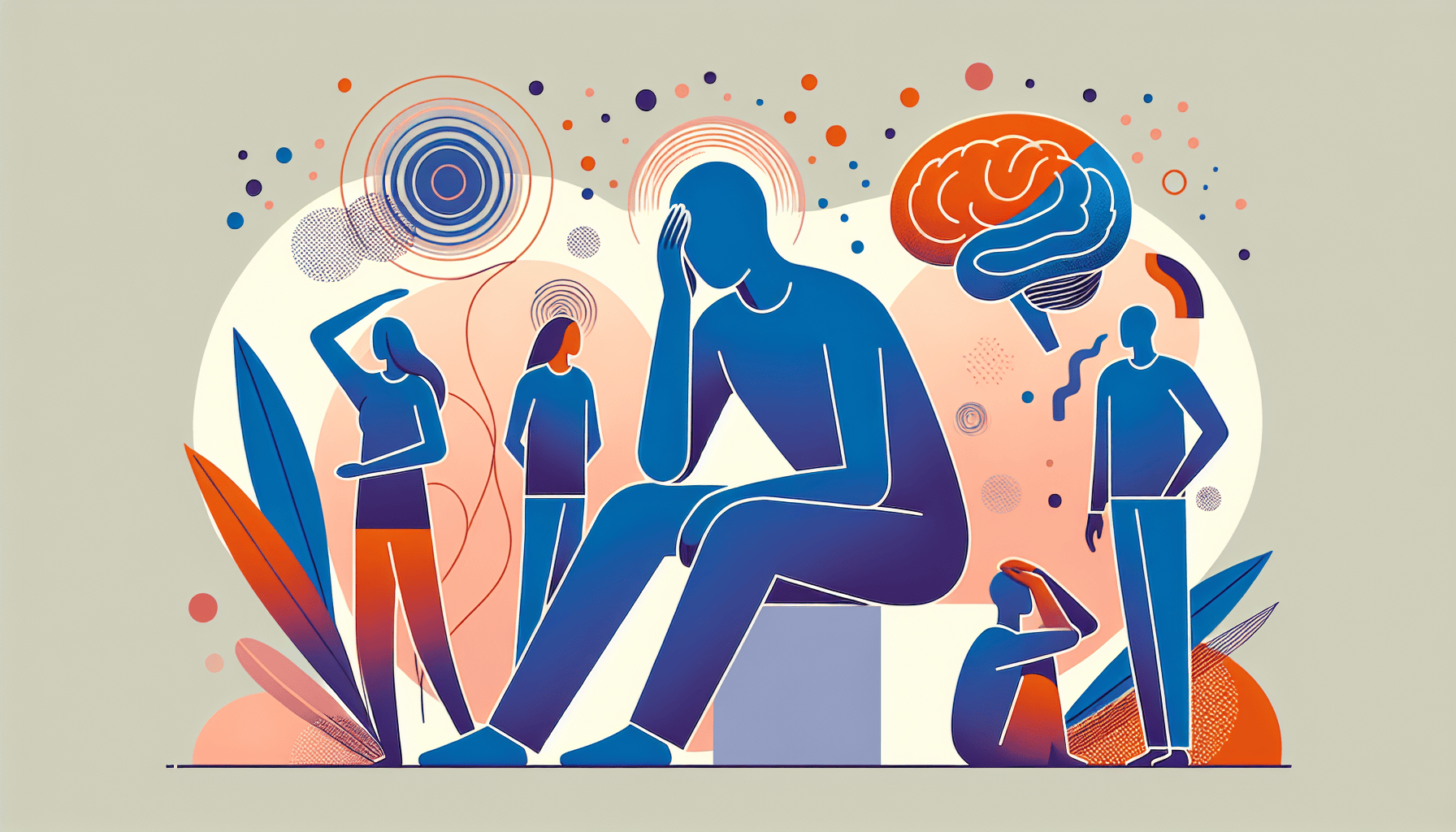Does Mounjaro Affect Fertility?
Understanding Mounjaro and Its UsesMounjaro is a prescription medication commonly prescribed for managing type 2 diabetes. It belongs to a class of drugs that help regulate [...]
Read More
Medically reviewed by Alan Lucks | MD, Alan Lucks MDPC Private Practice - New York on May 17th, 2023.
Cluster headaches are a rare but extremely painful type of headache that can significantly impact a person's quality of life. If you or someone you know suffers from cluster headaches, it's essential to understand the causes, symptoms, triggers, and available treatment options to manage this condition effectively.
Cluster headaches are a series of short but intense headaches that occur daily for weeks or months at a time, usually during the same time each year. They are often mistaken for allergies or work stress due to their seasonal nature. While the exact cause is unknown, a nerve in the face called the trigeminal nerve is involved, creating severe pain around one eye.

Cluster headaches are a series of short but intense headaches that occur daily for weeks or months at a time, usually during the same time each year. They are often mistaken for allergies or work stress due to their seasonal nature. While the exact cause is unknown, a nerve in the face called the trigeminal nerve is involved, creating severe pain around one eye.
Cluster headaches have several distinct characteristics that set them apart from other types of headaches:
Speed: They reach full force quickly, within 5-10 minutes.
Pain: The pain is usually on one side of the head, often described as burning, piercing, or throbbing, and is felt behind or around one eye.
Short duration: Attacks typically last 30-90 minutes, occurring 1-3 times a day.
Predictable: Headaches are linked to the body's 24-hour clock and often occur at the same time each day.
Frequent: Most people experience daily headaches for 2 weeks to 3 months, followed by a pain-free period of at least 2 weeks.
In addition to the intense pain, cluster headaches may be accompanied by symptoms such as eye discomfort, swelling, redness, watering, nasal congestion, facial sweating, and sensitivity to light. Restlessness and agitation are also common during an attack.
Triggers for cluster headaches during a cluster period include:
Cigarette smoke
Alcohol
Strong smells
High altitude
Bright light
Exercise or exertion
Heat
Foods containing nitrates
Cocaine
While both migraine and cluster headaches cause intense pain, they differ in their presentation and triggers. Migraine headaches begin slowly, can last for hours to days, and may be accompanied by warning signs like light and sound sensitivity, often with nausea. They cause a throbbing pain that can affect one or both sides of the head. Migraine triggers include weather changes, sleep disturbances, strong smells, stress, and hormonal changes, among others.
Treatment for cluster headaches includes acute attack treatments, preventive medications, nerve blocks, and nerve stimulation. Acute treatments like triptans, dihydroergotamine, and oxygen can help alleviate pain during an attack. Preventive medications such as corticosteroids, verapamil, and topiramate can shorten the duration of a cluster period and reduce the severity of attacks.
In addition to medical treatment, lifestyle changes and alternative therapies may help manage cluster headaches. Maintaining a regular sleep schedule, avoiding alcohol during a cluster period, and practicing relaxation techniques like breathing exercises can be beneficial. Always consult your doctor before trying any new treatment or therapy.
Living with cluster headaches can be challenging, but with the right combination of medical care, lifestyle adjustments, and support, it is possible to manage this condition and improve your quality of life.
For more information on cluster headaches and treatment options, consult the following reputable sources:
This rare but devastating condition requires immediate medical attention for proper diagnosis and treatment planning, as attacks are too severe to endure without intervention. The combination of high-flow oxygen for acute relief and verapamil for prevention can dramatically improve quality of life during cluster periods. If you're experiencing severe daily headaches with eye symptoms or suspect cluster headaches, Doctronic can help you get rapid answers and appropriate care guidance.
Understanding Mounjaro and Its UsesMounjaro is a prescription medication commonly prescribed for managing type 2 diabetes. It belongs to a class of drugs that help regulate [...]
Read MoreUnderstanding Hydrocortisone Uses and DosagesHydrocortisone is a versatile medication primarily used to reduce inflammation and suppress the immune system in various [...]
Read MoreUnderstanding Zepbound and MounjaroWhen managing type 2 diabetes, patients often face a variety of medication options. Zepbound and Mounjaro are two such options gaining [...]
Read More